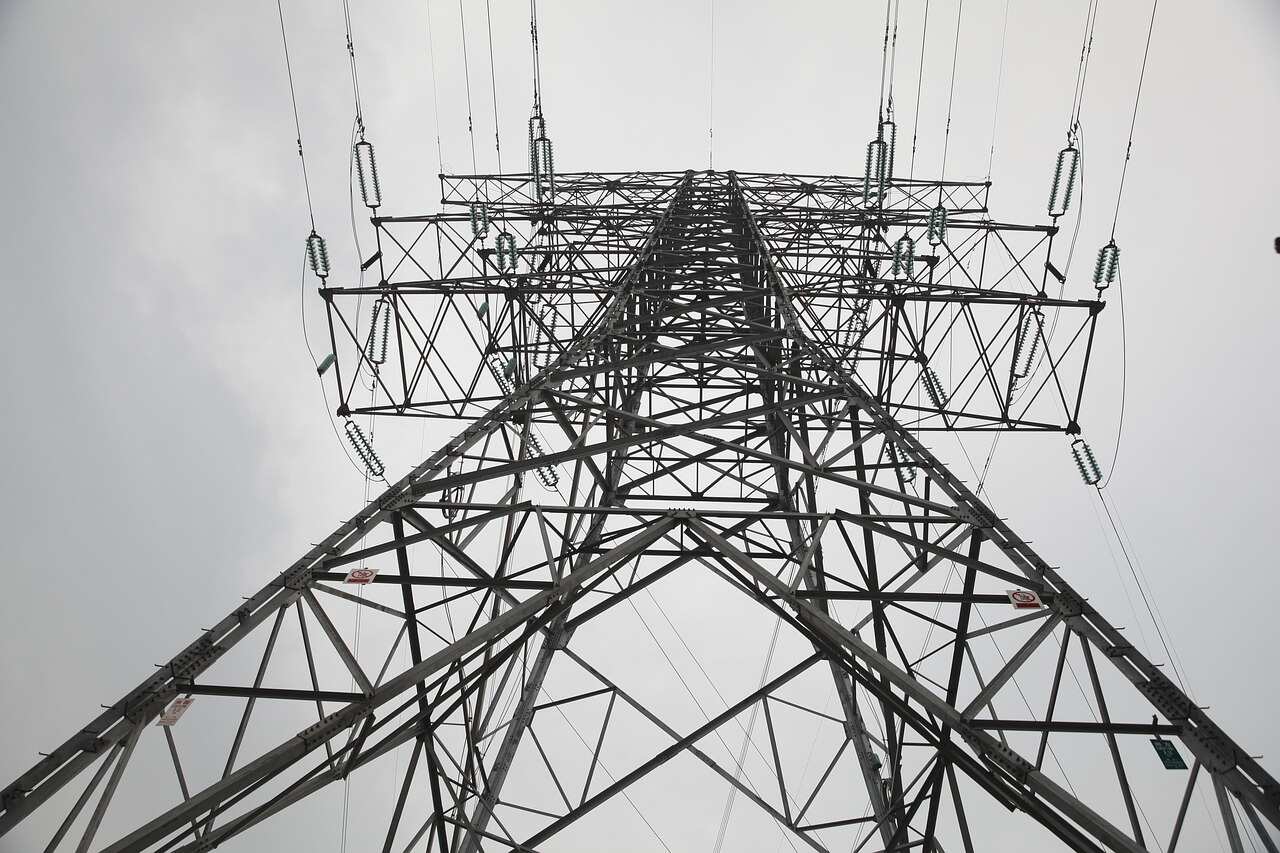Government-owned Maharatna’ public sector company Power Grid Corporation of India Ltd (POWERGRID) on Wednesday said that the company’s estimated capex outlay will reach Rs 3,06,600 crore by 2032.
The capex outlay refers to the total amount of funds a company spends on projects or investments over a specific period. It also includes all expenses or expenditures related to operations, capital investments, or other financial commitments made by the company.
In its investor presentation, filed with the stock exchanges, the energy sector PSU said that its expected transmission business outlay by 2032 will be Rs 2,99,100 crore, while other businesses’ outlay will be around Rs 7,500 crores.
Presenting the works currently undertaken by the PSU is Rs 1,54,680 crore of work in hand, out of which Rs 1,05,094 crore is of Tariff Based Competitive Bidding and Rs 37,221 crore is for Real-Time Market (RTM), while the ongoing RTM of the company stands at Rs 9,580 and Rs 2,785 crore is in the others category.
The energy PSU said that capex was Rs 28,000 crore in Financial Year 2025-26, while the capex estimation is Rs 35,000 crore for FY 2026-27 and Rs 45,000 crore for FY 27-28.
The company has set a sustainability target of about 50 per cent of electricity consumption from renewable energy sources by 2025.
It targets being net water positive by 2030 and aims to achieve zero waste to landfill status, the investor’s presentation added.
The Maharatna PSU has achieved a 40.61 per cent reduction in Scope-1 emissions and a 5.23 per cent reduction in Scope-2 emissions. Scope 1 emissions represent the direct greenhouse gas (GHG) emissions generated from an organisation’s owned or controlled sources.
According to the sectoral outlook presented by the power transmission giant, the economy will witness a huge expansion of Battery Energy Storage Systems (BESS), reaching 47 gigawatts by 2032. The piped hydro storage will touch the mark of 36 GW by 2032.
On the clean energy front, Powergrid says that India is expected to have 600 GW of non-fossil fuel power capacity by 2032. As part of this transition, the growing focus on green hydrogen is expected to significantly increase electricity demand, with an estimated additional requirement of around 71 GW by 2032 to support its production.
Anurag Dhole is a seasoned journalist and content writer with a passion for delivering timely, accurate, and engaging stories. With over 8 years of experience in digital media, she covers a wide range of topics—from breaking news and politics to business insights and cultural trends. Jane's writing style blends clarity with depth, aiming to inform and inspire readers in a fast-paced media landscape. When she’s not chasing stories, she’s likely reading investigative features or exploring local cafés for her next writing spot.






